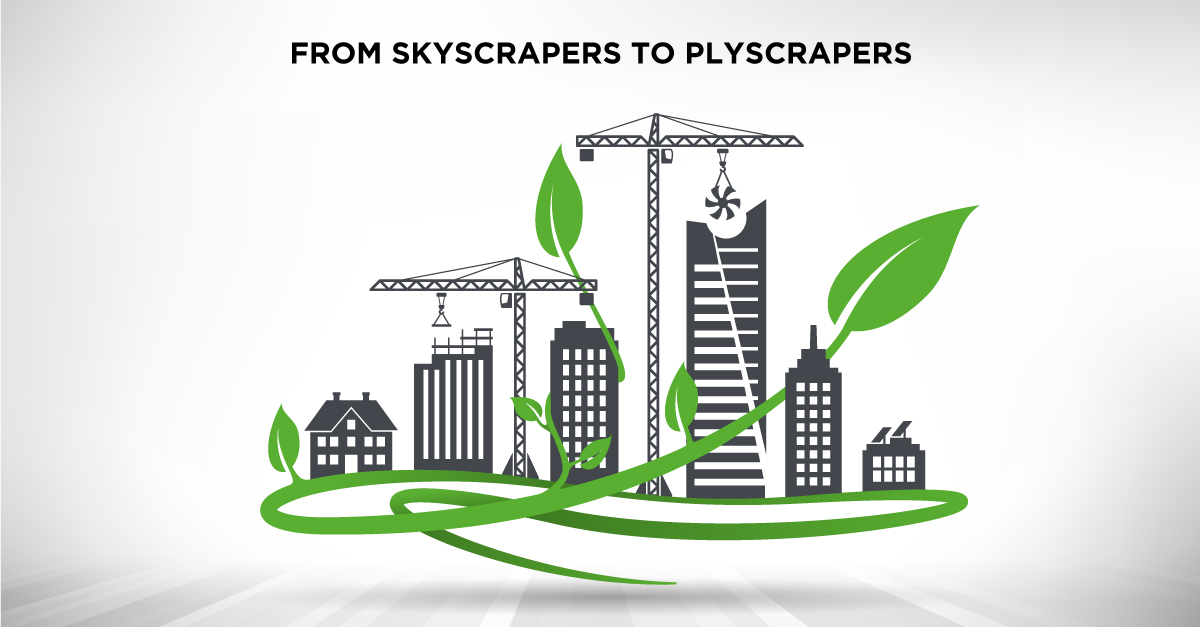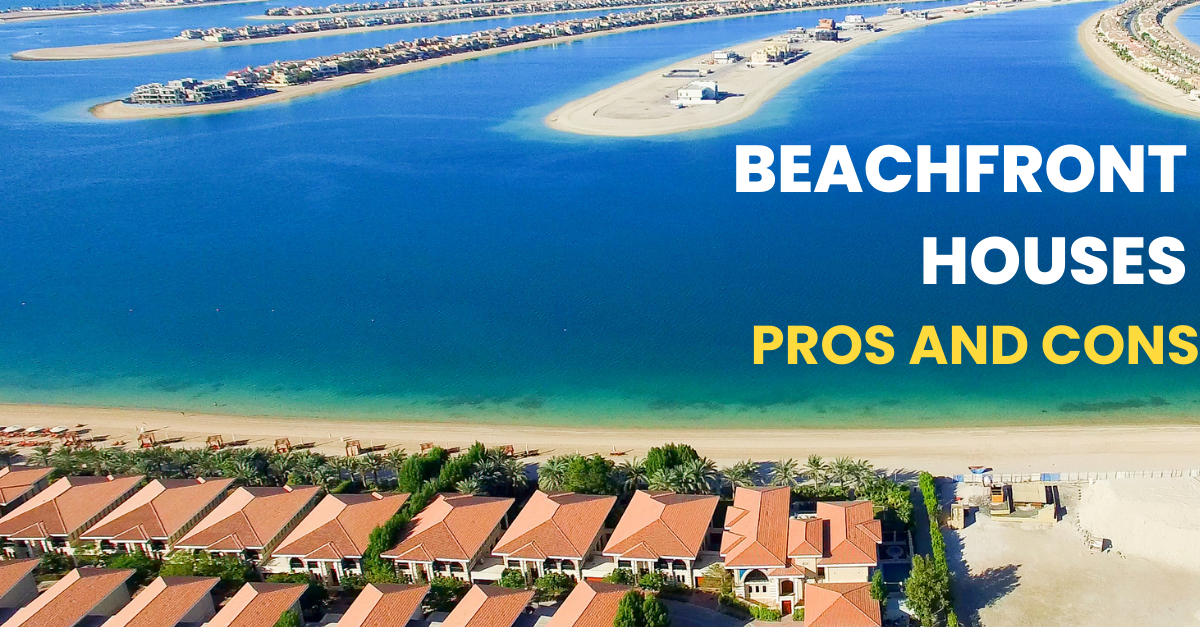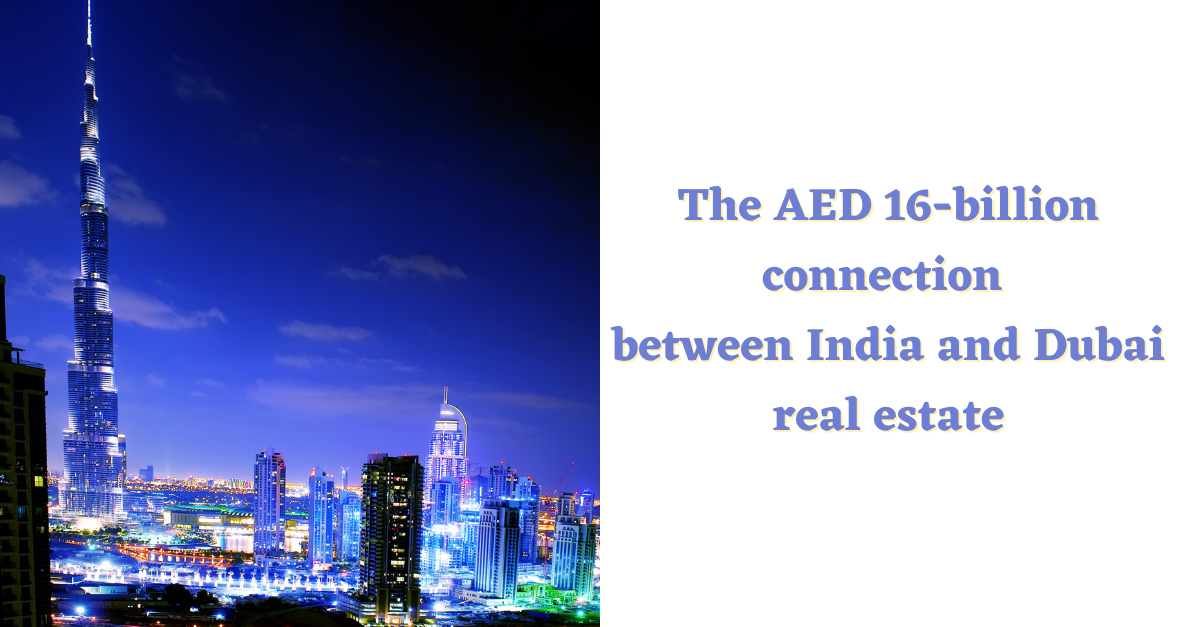From skyscrapers to plyscrapers
Sustainable construction comes of age
It is estimated that approximately 5 billion metric ton of concrete is being produced yearly, across the world. Construction industry’s traditional reliance on concrete as the primary building material necessitates huge quantities of cement production, which involves a high embodied energy and carbon footprint. By one estimate, for every ton of cement produced, nearly a ton equivalent of carbon is emitted into the atmosphere (1). This is extremely consequential, taking into account that the construction industry is growing exponentially on the back of breakneck urbanization and population growth. If concrete continues to be the mainstay of the construction industry, the ecological and carbon footprint will grow manifold in coming years.
Besides the sourcing and production of building materials, the construction industry impacts the environment in numerous ways. From destroying natural habitats to utilizing heavy fossil fuel-based machinery, the industry consumes nearly 40% of world’s energy and emits greenhouse gases in equally gargantuan proportions. In additional, raw material mining associated with the industry often pollutes and contaminates water bodies, threatening both flora and fauna, while the construction process contributes to rising noise pollution in urban centers. Clearly, change has to be implemented from the ground up, for the industry to evolve from conventional to sustainable construction practices.
Defining sustainable construction and identifying solutions
Sustainable construction can be broadly defined as any development that meets the needs of the present generation without compromising the ability of future generations to meet their own needs. According to the UN, sustainability in construction must be achieved on three fronts — environmentally, socially and economically. The environmental impact of sustainable construction aims to conserve natural resources, habitats and ecosystems by switching to renewable energy resources. Social responsibility, ethics and justice should be upheld throughout the use-cycle of a building, including adhering to the highest health and safety standards for occupants and workforces.
As far as the economic factors are concerned, sustainable construction must ensure equitable distribution of resources and a transition from a linear to circular economy that encompasses the three R’s – reduce, reuse and recycle. The use of slag cement or ground granulated blast-furnace slag (GGBFS), in lieu of conventional cement has been found to drastically reduce carbon emissions and increase durability of buildings. High-performance perforated masonry bricks and recycled materials reinforced with sisal fibers, used as components of precast concrete slabs, have shown promise in reducing ecological footprint without compromising built quality. However, the impact of these co-products pales in comparison to the effect achievable by overhauling the usage of concrete with cross-laminated timber (CLT). This type of mass timber, unlike typical wood, is designed for high fire resistance. When exposed to fire, CLT burns the surface char layer and protects the interior frame, giving time for evacuation before disastrous consequences.
Reconsidering a historically established building material
The prospect of timber as a building material was dented by the Great Fire of London in 1666. Although wood has continued to enjoy patronage in the interior design industry, its application as a primary building material has been limited. Steel and reinforced concrete, with their apparent desirable characteristics, have been traditionally favoured by architects and developers alike. However, the advent of CLT spells disruption. According to a report published by the World Economic Forum, timber is the only building material that we can grow that actually reduces carbon dioxide (2). Every ton of timber removes 1.8 ton equivalent of carbon dioxide from the atmosphere.
According to architects practicing CLT-based construction, the process is not as labor-intensive as the one involving concrete. Prefabricated CLT panels can be affixed with relative ease and engineered for sturdiness to resist seismic hazards. Concrete is about five times heavier than timber, which gives the latter an edge as far as transport and logistics are concerned. The off-site material prefabrication results in faster construction and quieter on-site operations, with negligible waste generation. Owing to its overt benefits and aesthetic appeal, timber towers are on a rise across the globe. The Mjøstårnet building in Norway has the distinction of being the tallest timber-framed “plyscraper” in the world, standing at 280-feet tall and consisting of a hotel, restaurants, offices and apartments.
The way forward
Be it CLT or any sustainable construction technique, the crux of the matter is that its incorporation and subsequent outcomes hinge on local regulatory bodies. Perhaps, this is where a country like the UAE stands apart. Sustainability is a sub-theme in the upcoming Dubai Expo 2020, underscoring the key priorities of the nation that has already set several unparalleled global architectural standards. Dubai currently boasts multiple government-helmed initiatives, aimed at reducing ecological footprint and promoting sustainability across all disciplines, particularly real estate; an industry that spearheads the economic ambitions of the region.
Provided the right legislative framework, sustainable construction can transcend geographical frontiers and render a huge economic, social and environmental impact. Especially in leading economies, where balancing expectations and reality is a time-sensitive mission, and where infrastructure development is as important as ecocentrism, the only way forward is the sustainable way.




